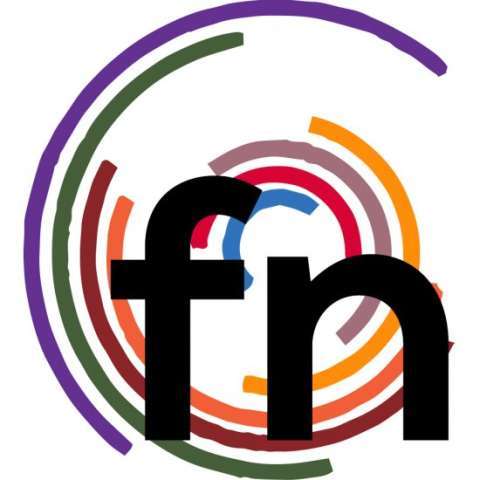As you plan your digital promotion strategy, one thing to think about is whether contextual content can help connect audiences closer to your music. You can use your own social channels to create a content universe — articles, videos, social posts, and other interactive elements — to drive an emotional connection between your songwriting and your listeners.
Here are a few tips for crafting compelling stories to accompany and provide context for your music, online or otherwise.
Be relatable.
You want people to understand and become emotionally invested in what you're saying. Art is such a personal expression, it can sometimes alienate those who haven't had the same experiences. But, you can help connect the dots for them. Using contextual content is a good way to do this.
Identify the essence of what it is you're trying to say — pinpointing the "shareable meaning," if you will — and then find ways to bring that narrative into everything you create: be they truths about love, grief, ambition, embarrassing moments… the list goes on. You want someone to read, listen or watch and say, "Oh, wow, yep… that's me."
Join existing conversations.
Read this as: Do your research. If you wrote a song about a bad breakup, get on Twitter and search keywords to see how people are talking about bad breakups, right now. Show people how your song is about them, too. Here are a few random ideas off the top of my head:
- You could deconstruct the lyrics of your song and write an article about a toxic relationship. Then, embed your song at the end of the story.
- You could create some memey content for your Instagram, like a "Bad Breakup Starter Kit" that uses your song as a soundtrack.
- Can you pair up with a filmmaker to tell a short visual story that integrates your music?
- Get creative and think beyond just sharing updates and official music videos. Can your online presence be a work of art itself?
Stay up to date across all the social media platforms you're running, and find the conversations that people are having about particular topics so you can integrate yourself into them. Try to examine how these conversations differ across each platform — and then find ways to insert yourself into those conversations.
Be ready to answer why somebody could connect with what you're making.
Whether you're responding to interview questions or pitching a video concept, you should be able to answer the question of why someone would share the content. How does one see themselves in your art?
Is it because they've just learned something new about you? Did you stir up some kind of emotional reaction? If your approach is reactive, and momentary, and doesn't take into account the totality of your oeuvre, that's okay, but it might not contribute to lasting engagement and investment from your fanbase. To do that, ask yourself honestly if what you're trying to communicate is clearly coming across.
If you can think of one person out there who would relate to what you're doing, that's good and that's enough. If there's one, there will be more.
But be authentic.
Make sure what you're creating is still true to your own values, experiences, and identity as an artist. If you're trying to speak to a specific identity or group that you have no idea how to relate to, seek the help of other creators who know how to reach them. People can sense fakeness, and on the internet, nobody is letting you get away with anything!
Test, learn, repeat.
Look at the data. Pay attention to the things you're posting and see what people are responding to, and how. If a particular format or tone seems to be resonating, do more of that. Push the boundaries. Read the comments people leave and use those to inform future decisions. And, don't forget to leave a few Easter eggs along the way!
article: ayla smith
image: paulette wooten



